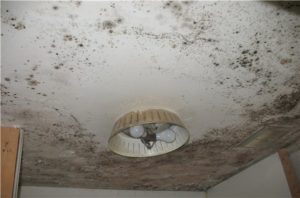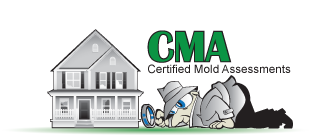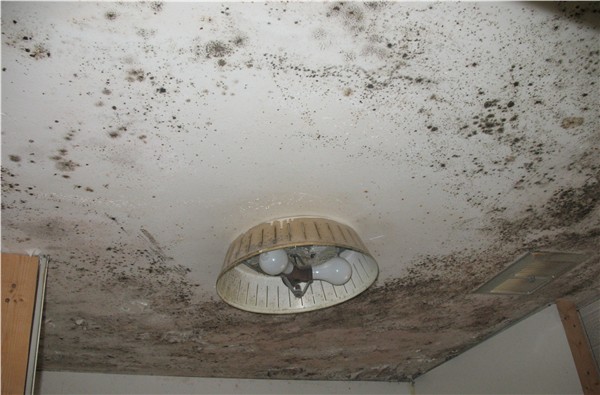 There are homeowners who typically think about what could go wrong with their property, and there are others who tend to stay on the positive side of things. Actually, a lot of those homeowners who do think about what could go wrong with their property are thinking strategically, not negatively. By visualizing and being aware of all the different things that could go wrong, it’s easier to put strong preventative measures in place. Over time, this adds up to lower operating costs for the home, and a better development of equity.
There are homeowners who typically think about what could go wrong with their property, and there are others who tend to stay on the positive side of things. Actually, a lot of those homeowners who do think about what could go wrong with their property are thinking strategically, not negatively. By visualizing and being aware of all the different things that could go wrong, it’s easier to put strong preventative measures in place. Over time, this adds up to lower operating costs for the home, and a better development of equity.
Residential mold has become a problem that few people know about to one that virtually every homeowner is aware of on some level. A big reason for this is the IT revolution. Suddenly, we have access to more information than ever before in the history of homeownership. This is a huge advantage if we know how to make the most of it.
But it also means there are a lot of misconceptions – especially about problems like mold. There are countless bloggers out there sharing information and “hacks” for residential mold – yet many of them have no real training or experience in the field. That’s why it’s so important to be selective about where you get your information, and who you trust.
But let’s get back to the idea of worst-case scenarios. In terms of mold, what’s the worst that can happen?
The short answer is that the entire home will have to be leveled and recycled – but this is a very extreme case. When mold is given free reign over a home – usually through neglect or simply being unaware of the problem – the invasion can permeate so deeply into the walls, floors, ceilings, and building materials of the home that there really is no other recourse but to abandon the home completely.
Again, this are the most extreme cases on record. Most serious mold remediation projects don’t go this far – although some building materials (walls, floors, insulation, etc.) may need to be ripped out and properly disposed of. Furniture is another aspect of mold remediation that often surprises people. Nobody wants to be told that a favorite couch or chair needs to be thrown away – but there are situations in where there really is no other choice. The mold has permeated too deeply into the material, and cleaning is no longer an option.
For the most part, mold remediation projects tend to occupy the middle ground between severe and light – but in every single case, the best strategy is prevention.
A higher level of mold prevention strategy
Crossing your fingers and hoping for the best is arguably not the best strategy when it comes to worst-case residential mold scenarios. Nobody wants their home to fall victim to a serious mold invasion. Aside from the effects on health and property value, it can be very expensive to clean up. Finding a trustworthy mold testing, mold assessment and mold remediation professional in your area is the first step toward developing a realistic and reliable strategy for cleaning up mold.

